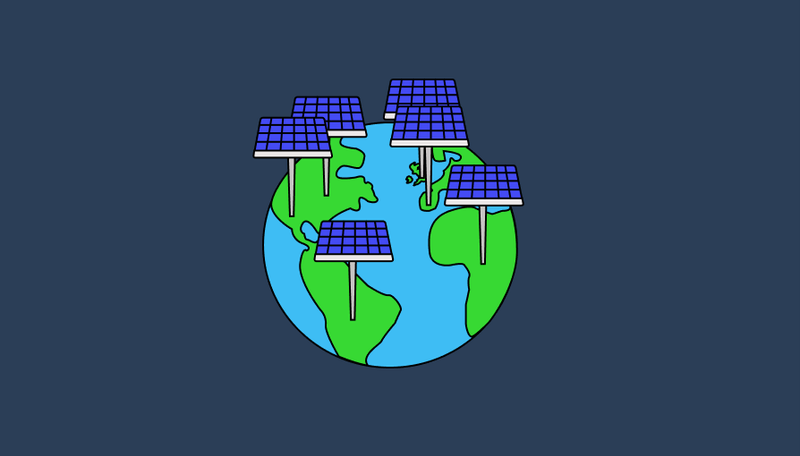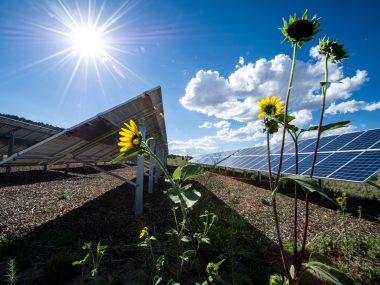- The power of the sun in the palms of our hands…
- Solar panels, with their gleaming plated surfaces and their mind-bending ability to create electricity from seemingly nothing, have always seemed to cross that threshold between reality and science fiction.
- This is a technology that makes us feel that the future is already upon us, and yet, even as shimmering solar farms and sun-powered water heaters rise up across the landscape, we have taken only our first steps on our journey into a hopeful green future.
- In the year 2023, solar power produced 413 gigawatts of energy, far exceeding any previous years or record, for solar energy production. That number is only going to increase in 2024, as this market grows to become the dominant energy infrastructure on the planet.











